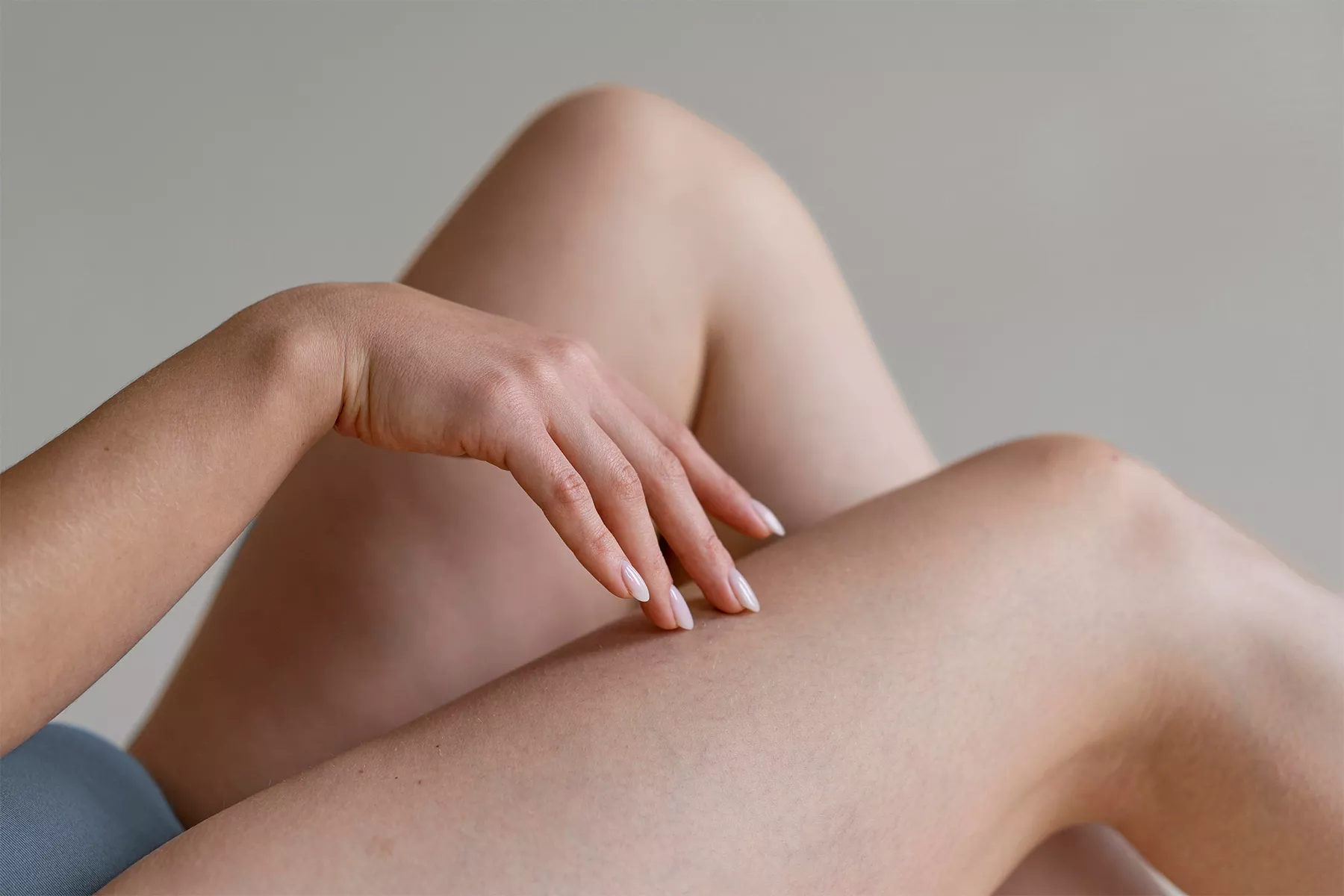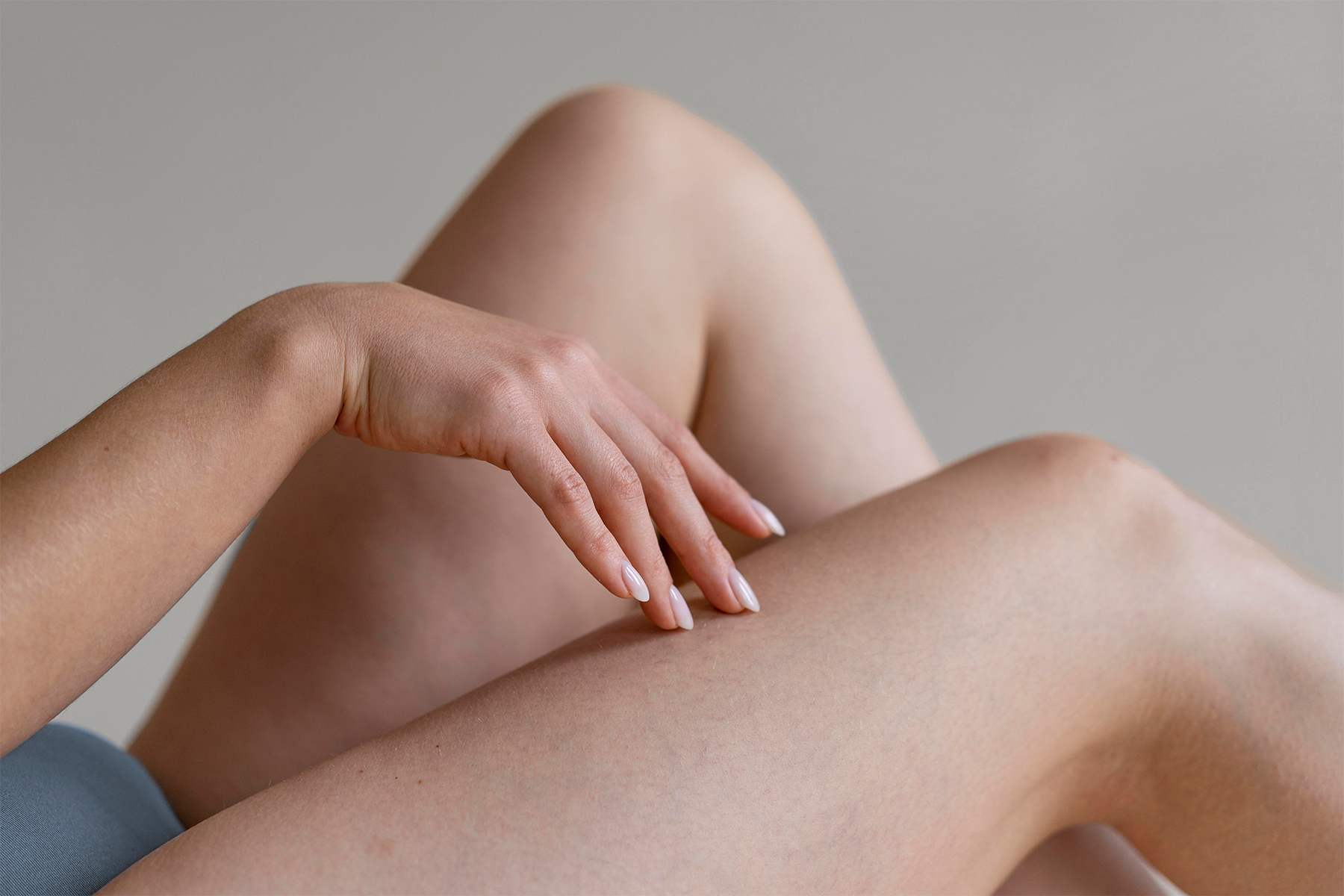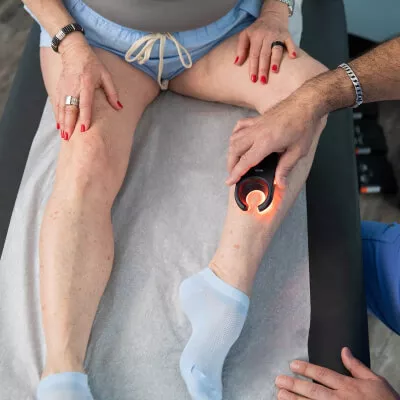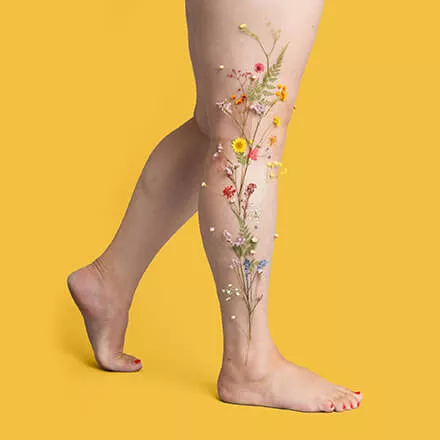Leg vein health plays a significant role in women's overall health and quality of life. Vein problems, ranging from cosmetic concerns like spider veins to more serious conditions like leg ulcers, are more prevalent among women.
This comprehensive guide will explore common vein conditions affecting women, why they are more vulnerable, effective prevention strategies, and when to seek expert help for healthier, happier legs.
Key Takeaways
- Statistics show that women are often more susceptible to vein issues than men, making it essential to understand your risk factors and access proactive care.
- There is a correlation between pregnancy and vein health due to hormonal changes.
- Maintaining healthy leg veins is a priority for women of all ages
- Vein issues impact everything from comfort and appearance to overall well-being.
Common Vein Conditions Affecting Women
Women experience various vein conditions, each with its own characteristics:
- Chronic Venous Insufficiency (CVI): A condition where veins struggle to return blood to the heart efficiently. CVI is the primary cause of varicose veins.
- Varicose Veins: Enlarged, twisted veins that can be painful and unsightly.
- Spider Veins: Small, web-like veins visible on the skin's surface.
- Leg Ulcers: Open wounds on your leg that do not heal on their own. Skin ulcers usually appear between the ankle and the knee.
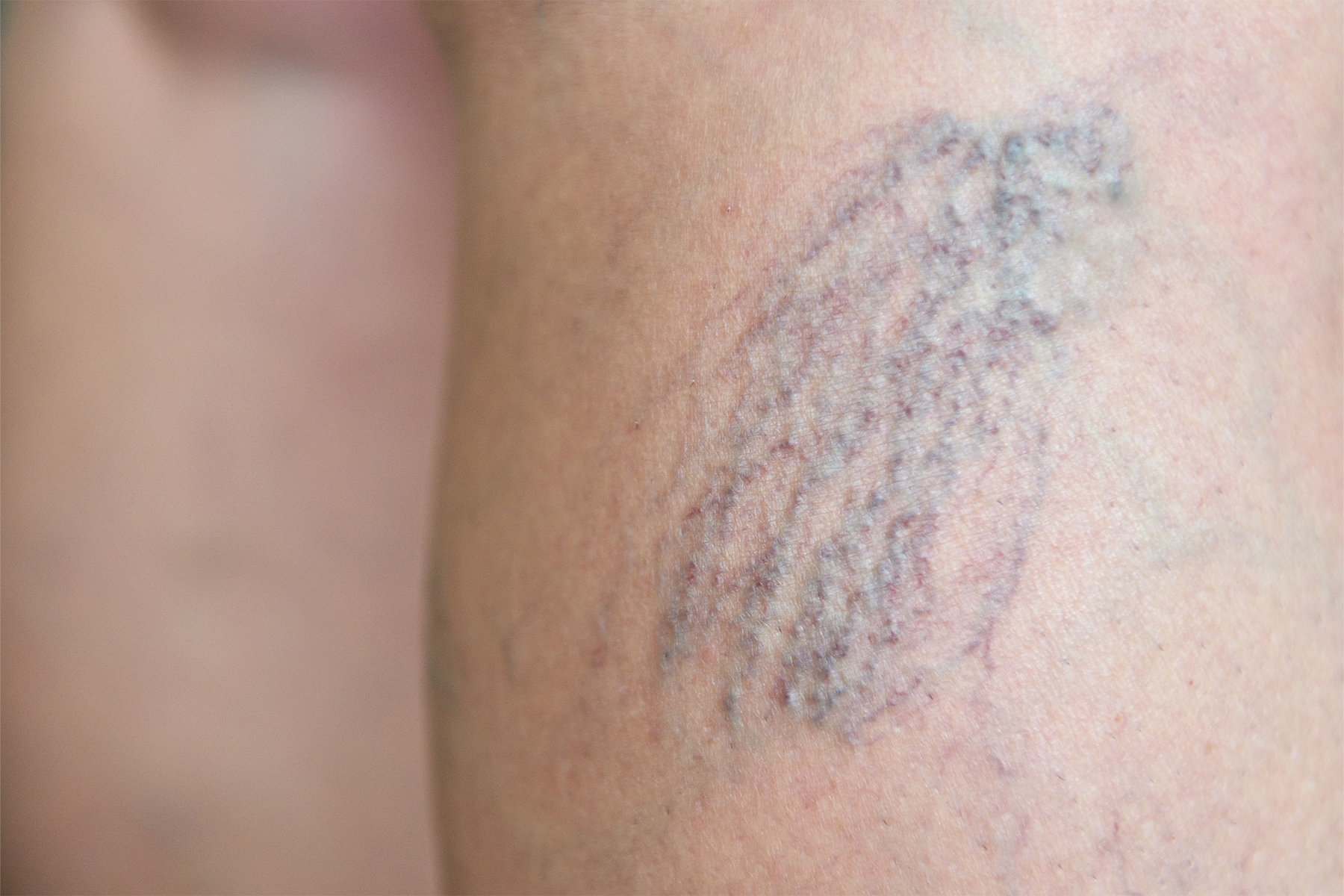
Why Women Are More Susceptible to Vein Problems
According to the Office on Women’s Health, almost twice as many women as men develop varicose veins. In fact, vein disease affects 1 out of 2 women! Several factors contribute to women's increased susceptibility to vein issues, such as:
- Hormonal Impact on Veins: Fluctuations in estrogen and progesterone due to pregnancy or hormonal birth control can weaken vein walls and valves. During pregnancy, Increased blood volume and hormonal changes put extra strain on veins.
- Menopause and Vein Changes: Hormonal shifts during menopause can further impact vein elasticity and function.
Other Risk Factors for Vein Problems in Women
Understanding your risk factors can help you take measures to prevent the development of vein health issues.
- Genetic Predisposition: A family history of vein problems increases the risk.
- Lifestyle Factors: Obesity and occupations requiring prolonged standing or sitting, as well as a sedentary lifestyle, can impair circulation.
- Medical Conditions: Certain medical conditions can contribute to vein issues.
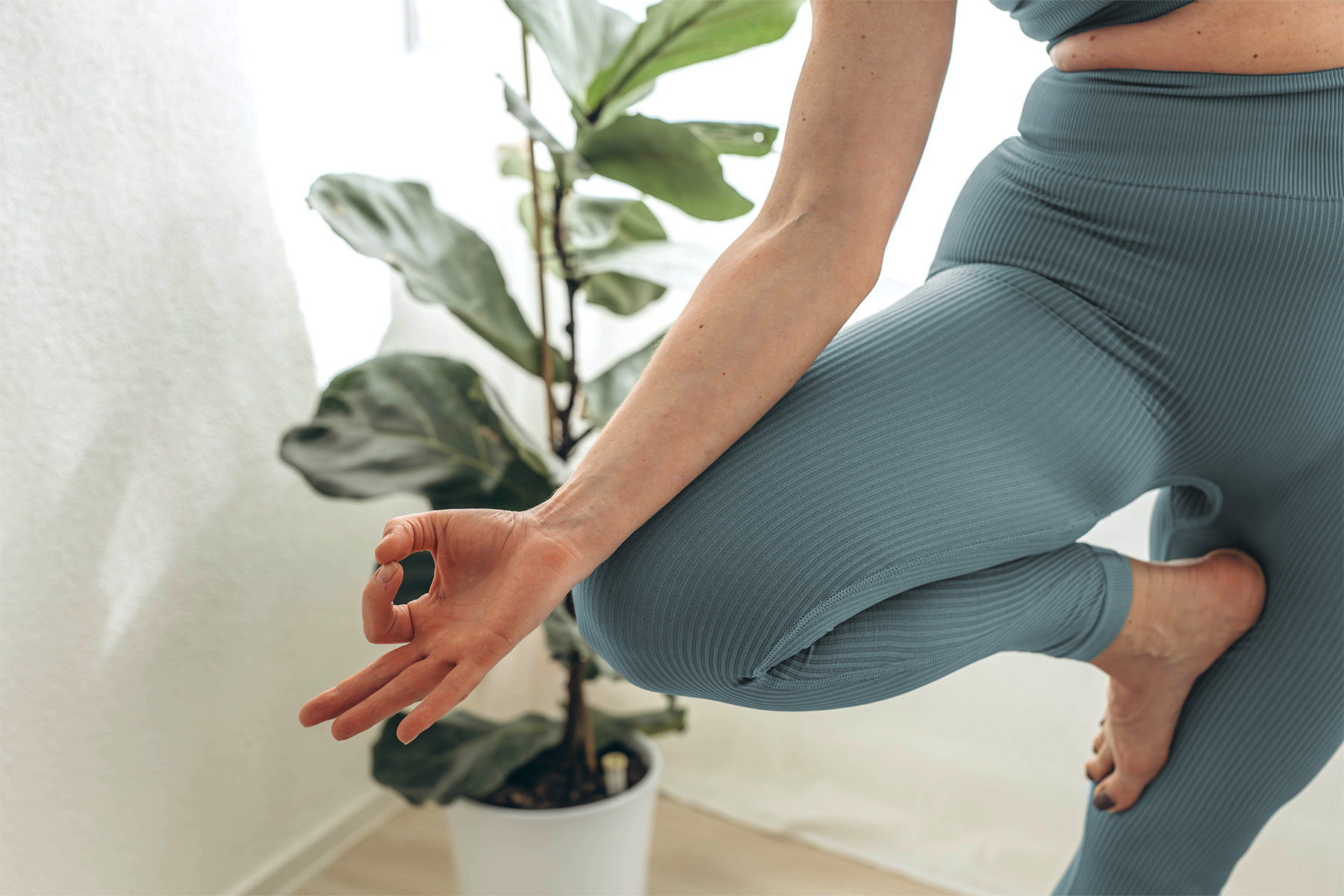
Vein Disease Prevention Strategies
If left untreated, vein disease can lead to more serious issues down the road, including venous ulcers and blood clots. For most women, adopting healthy habits can significantly reduce the risk of vein problems:
- Healthy Daily Habits: Avoiding prolonged standing or sitting, wearing comfortable shoes, and maintaining a healthy weight all promote healthy vein function.
- Avoid Alcohol and Smoking, which can exacerbate circulation issues.
- Follow Exercise Recommendations: Regular physical activity, especially exercises for vein health that engage the calf muscles, improves circulation.
- Dietary Considerations: A balanced diet rich in fiber and antioxidants supports vascular health.
- Elevating Legs: Elevating your legs when resting helps reduce pressure on veins.
When to See a Vascular Specialist
Recognizing warning signs is the first step toward timely intervention. Warning signs to look for include:
- Persistent leg pain
- Leg welling
- Skin changes
- The sudden appearance of prominent varicose veins
Preparing for Your Appointment
Be ready to communicate any symptoms, your medical history, and any medications you are taking to your vein specialist. Be prepared to ask questions about any recommended diagnostic tests, treatment options, and lifestyle modifications.
Depending on your diagnosis, your vein doctor will create an individualized plan to manage your symptoms and condition, which may include minimally invasive vein treatments that can have you feeling better in as little as a week!
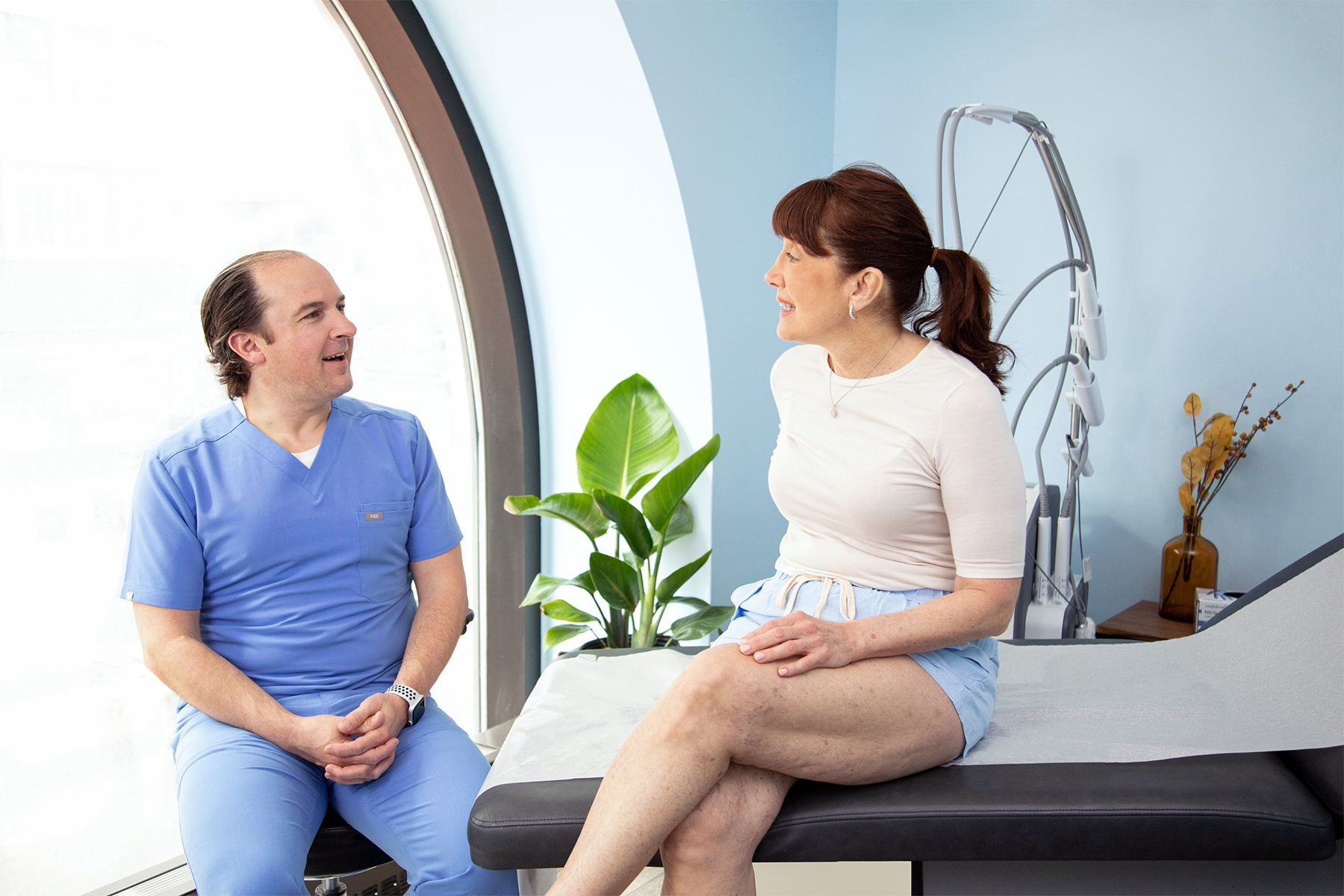
Recovery and Long-term Care
Proper care after vein treatment can help promote healing and reduce the risk of a recurrence. This includes:
- Post-treatment recommendations: Follow your doctor's instructions regarding compression stockings and activity levels.
- Lifestyle modifications: Continuing healthy habits to support long-term vein health.
- Monitoring vein health: Being aware of any new symptoms or changes in your legs and scheduling regular check-ups with a vein specialist.
Conclusion and Action Steps
Women have a higher risk of developing vein disease due to both biological and lifestyle factors. Maintaining healthy leg veins is an ongoing process that involves understanding your risk factors, adopting preventative strategies, and seeking expert care when needed. By being proactive about your vascular health, you can enjoy greater comfort, improved circulation, and enhanced mobility.
If you have concerns about your leg veins, schedule a free vein health consultation with a vascular specialist at Metro Vein Centers today for personalized advice and treatment recommendations.
Frequently Asked Questions
How does pregnancy affect leg vein health and what can I do to prevent problems?
Pregnancy increases blood volume and hormonal changes, which puts additional strain on your veins. Prevention includes regular walking, leg elevation, and wearing compression stockings.
What's the difference between varicose veins and spider veins, and do they require different treatments?
Varicose veins are larger, bulging veins, while spider veins are small, web-like blood vessels close to the surface of the skin. Treatments vary, with sclerotherapy often used for spider veins and radiofrequency ablation (RFA) for varicose veins.
Can hormonal birth control increase my risk of developing vein problems in my legs?
Yes. There is evidence that hormonal birth control can slightly increase the risk of deep vein thrombosis and other vein issues in women. Discuss your risk factors with your doctor.
Which exercises are most beneficial for improving leg vein circulation in women?
Low-impact exercises like walking, swimming, cycling, and calf raises are excellent choices for promoting healthy circulation.
At what age should women start taking preventative measures for leg vein health?
It's beneficial to start preventative measures at any age by adopting healthy lifestyle habits. Risk factors increase during periods of hormonal change, like pregnancy and menopause.
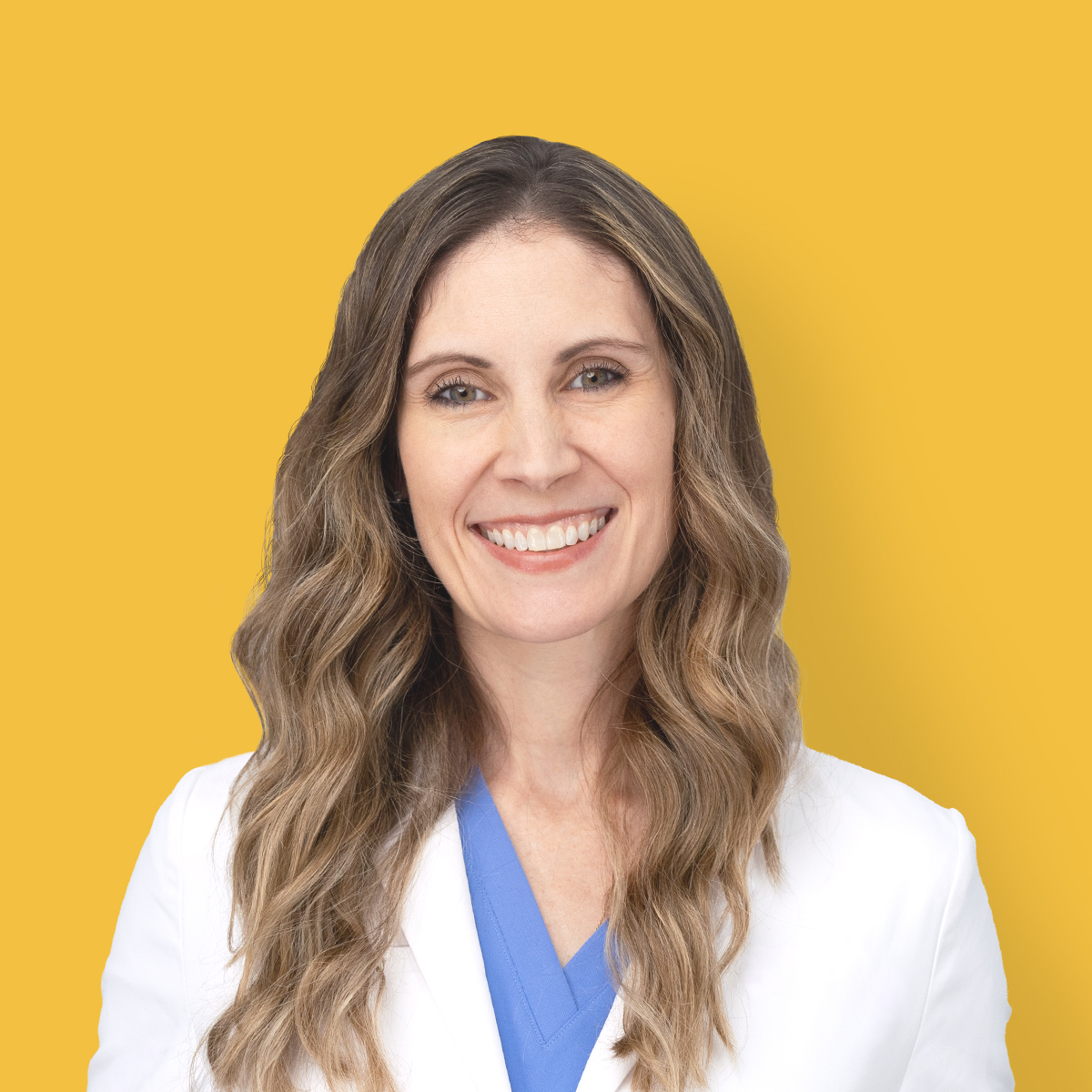
Dr. Katherine McGough
Meet Dr. Katherine McGough, DO, a highly-rated doctor specializing in the treatment of vein conditions. Schedule an appointment in Peoria, AZ today.
Meet Dr. Katherine McGough
Trusted insight from the nationally accredited, board-certified vein doctors at Metro Vein Centers.


